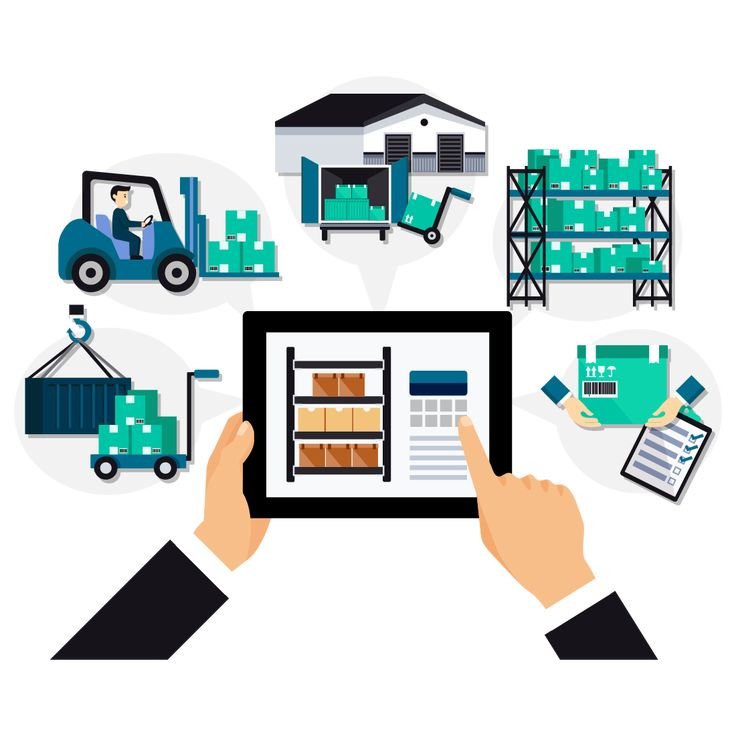Effective warehouse management isn’t just about storing products — it’s about optimizing processes to reduce costs and maximize profits. ERPNext offers smart inventory controls that help businesses streamline operations, minimize waste, and make data-driven decisions.
Let’s explore how ERPNext can significantly lower your warehouse costs while boosting efficiency.
1. Automated Inventory Tracking
Manual stock tracking often leads to errors, misplaced items, and costly stock discrepancies. ERPNext provides real-time inventory tracking across multiple warehouses, allowing businesses to:
- Monitor stock movements instantly
- Maintain accurate stock records
- Avoid costly inventory write-offs due to mistakes
By automating inventory tracking, companies save time and labor costs while maintaining better inventory control.
2. Just-in-Time (JIT) Inventory Management
ERPNext supports Just-in-Time inventory management, helping businesses order stock only when needed. This reduces:
- Storage costs
- Risk of inventory obsolescence
- Capital tied up in unsold stock
Smart reorder settings in ERPNext automatically trigger purchase orders based on real-time stock levels, ensuring you only store what’s necessary.
3. Minimizing Overstock and Stockouts
Both overstocking and stockouts can hurt a business financially. Overstocking leads to wasted storage space and higher holding costs, while stockouts cause missed sales opportunities.
ERPNext uses inventory forecasting and consumption trends to:
- Predict future demand
- Maintain optimal stock levels
- Help businesses avoid unnecessary expenses
This balance ensures cash flow efficiency and improved customer satisfaction.
4. Barcode and QR Code Integration
By using barcodes and QR codes integrated with ERPNext, businesses can:
- Speed up inventory counts
- Reduce picking and packing errors
- Minimize labor time in warehouse operations
This technology helps warehouses become more efficient, leading to significant cost savings on workforce hours and error corrections.
5. Space Optimization
ERPNext provides data-driven insights on inventory movement patterns, helping businesses identify:
- Slow-moving products
- Fast-selling items
- Best storage layouts
With this information, companies can optimize warehouse layouts, free up valuable space, and lower storage costs without expanding the facility.
6. Smarter Procurement Management
ERPNext connects warehouse operations with procurement processes, allowing businesses to:
- Choose cost-effective suppliers based on historical data
- Avoid rush orders that come with premium shipping costs
- Bundle orders smartly to save on logistics expenses
Smarter purchasing decisions directly contribute to lowering overall warehouse management costs.
7. Reducing Losses Due to Expiry and Damage
For businesses handling perishable or sensitive goods, ERPNext’s batch and serial number tracking ensures:
- Items are sold or used before expiry dates
- Damaged items are quickly identified and isolated
By proactively managing product lifecycles, companies reduce inventory losses and avoid unnecessary write-offs.
8. Workflow Automation and Fewer Administrative Costs
ERPNext automates tedious tasks like:
- Stock reconciliation
- Transfer entries
- Purchase order generation
This automation reduces the need for large administrative teams, helping companies cut down on HR costs while improving operational speed.
Conclusion
Reducing warehouse costs isn’t about cutting corners — it’s about working smarter. ERPNext’s smart inventory controls give businesses the power to streamline processes, minimize waste, optimize space, and improve cash flow.




